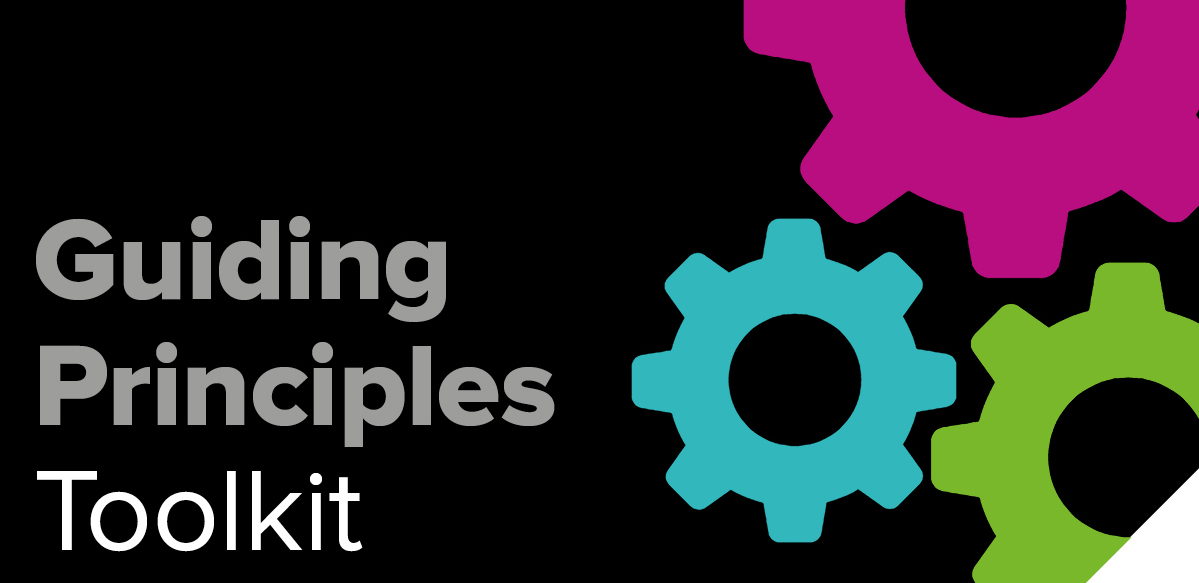Objectives
- To determine real problem areas in a team or an organisation.
Time
30 Minutes
Materials Required
Post-it notes or wall cards.
Instructions
- Prior to the meeting give every team member a wall card or large Post-it and ask them to write in felt pen in large letters their Wish answering the following question: “If I could change anything about the team’s mission/goal or way of working or about the way team members interact with each other I would….”
- Encourage team members to be open, honest and imaginative and then return the card to the activity leader without their name on it. You may like to set up a special “in tray” so that the wishes can be deposited there anonymously.
- The activity leader will stick the cards on the wall and facilitate a discussion and action plan during the meeting.
Debrief
- What do people want to change about their roles?
- What could be done to make your job better?
- What prevents you or the team from making the changes?
- What might be the potential gains from these changes?
- Which wishes can come true and what would the team need to do about it?

You must be logged in to post a comment.